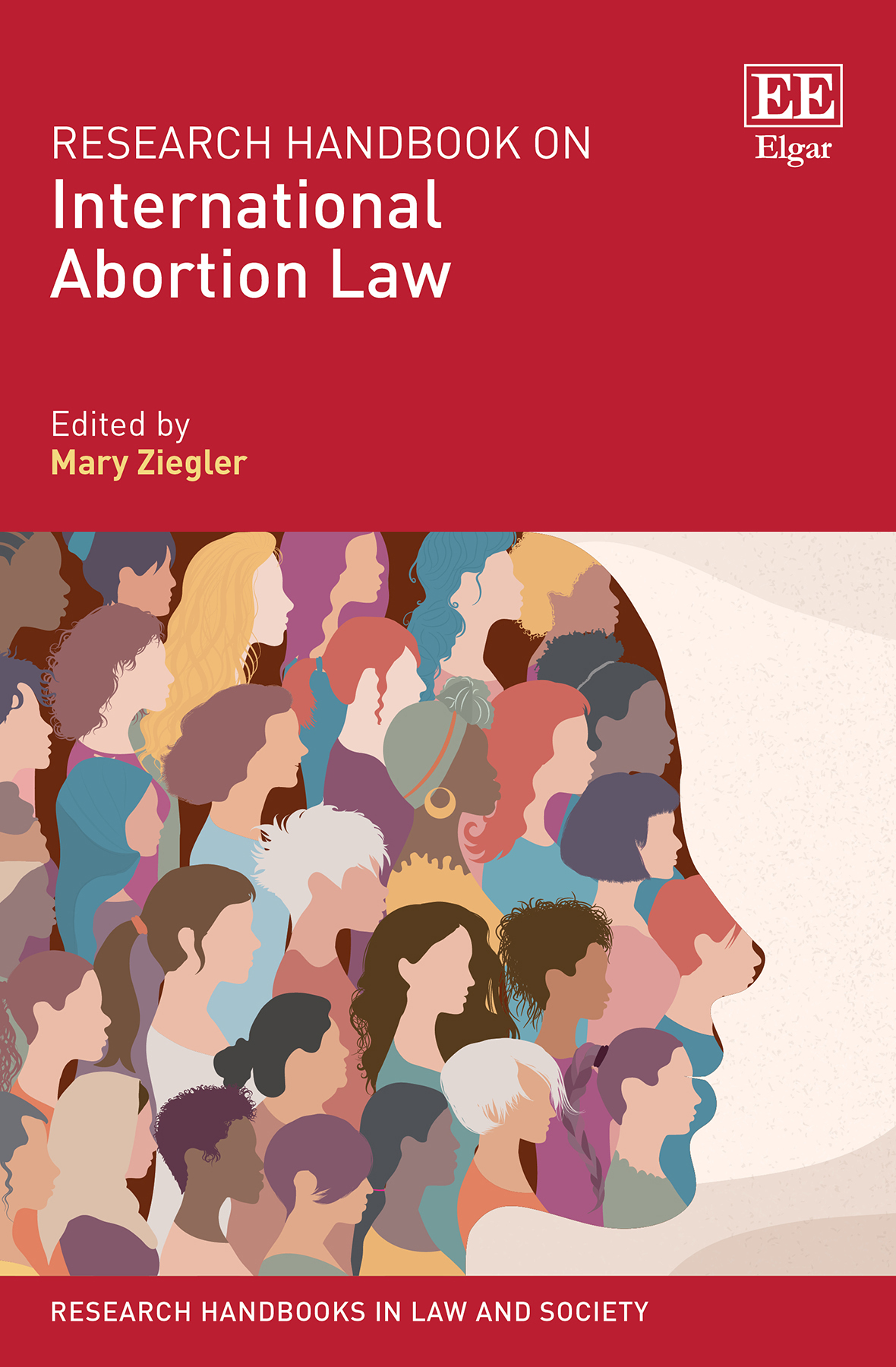Implied Jurisdiction Agreements in International Commercial Contracts
Authors: Abubakri Yekini (Lecturer in Conflict of Laws at the University of Manchester) and Chukwuma Okoli (Assistant Professor in Commercial Conflict of Laws at the University of Birmingham, Senior Research Associate at the University of Johannesburg).
A Introduction
In an increasingly globalised economy, commercial transactions often involve business entities from different countries. These cross-border transactions present complex legal questions, such as the place where potential disputes will be adjudicated. To provide certainty, commercial parties often conclude ex ante agreements on the venue for dispute resolution by selecting the court(s) of a particular state. However, what happens if no such express agreement over venue is reached for resolving a contractual dispute? Could consent to the venue be implicitly inferred from the parties’ conduct or other factors?
Explicit jurisdiction clauses offer cross-border litigants the benefit of predictability by allowing them to anticipate where disputes arising from their commercial transactions will be resolved. However, business entities sometimes neglect to include express provisions for the venue, whether inadvertently or due to their inexperience. In such cases, firms may have implicitly agreed on a venue through their actions or based on their tacit understanding. This type of ‘unwritten’ jurisdiction agreement remains largely unexplored in the legal scholarship.
Relatively recently, the validity or enforceability of implied jurisdiction agreements arose in the Privy Council Case of Vizcaya Partners Ltd v Picard & Anor [2016] UKPC 5. In this Case, following a comprehensive survey of the existing academic and judicial authorities, Lord Collins held that since it is commonplace for a contractual agreement or consent to be implied or inferred, ‘there is no reason in principle why the position should be any different in the case of a contractual agreement or consent to the jurisdiction of a foreign court’. However, in the wake of the above Case, the notion of an implied jurisdiction agreement drew limited scholarly research attention (for instance, see Kennedy, (2023); Kupelyants, 2016). Moreover, there has been no systematic analysis of how it aligns with the needs of the international business community.
In our latest article, published in the 2023 edition of the Journal of Private International Law, vol. 19(3), we examine the enforceability of implied jurisdiction agreements from a global comparative perspective. Therefore, our paper provides the first comparative global perspective of the enforcement of implied jurisdiction in international contracts. Our analysis reveals uncertain and subjective standards for implied jurisdiction agreements, which undermine the needs of international commerce. While limited scenarios may justify enforcing implied jurisdiction agreements, our paper advocates restraint, given that the criteria for inferring consent are complex, unpredictable, and variable across legal systems.
B Implied Jurisdiction Agreements Create Uncertainty for Business
The main thesis of our article is that implied jurisdiction undermines the core needs of business entities engaging in cross-border commercial transactions. These entities value legal certainty and predictability, in order to make informed choices and plan business activities. However, by their very nature, implied terms offer less clarity concerning the governing law and jurisdiction agreements.
Our article likewise surveys primary legal sources across common law, civil law and mixed legal systems (as well as insights from academics and practising lawyers), assessing whether implied jurisdiction agreements are widely recognised. We find limited consensus on the conduct that demonstrates implied consent or agreement to litigate in a particular forum. Factors such as previous interactions between contracting parties and trade usage in an industry are highly subjective. Even common law tests for inferring implied terms, like the ‘officious bystander’ and ‘business efficacy’ rule, fail to clarify how these terms apply specifically to international jurisdiction.
This uncertainty requires the courts to undertake a complex, case-by-case analysis of parties’ unspoken intent. However, companies benefit from consistency in interpreting cross-border transactions, whereas a lack of clarity risks complicating commercial disputes, rather than resolving them efficiently. Overall, the unclear standards surrounding implied jurisdiction agreements are incapable of delivering the stability required by global businesses when operating across legal systems.
C Treatment under International Conventions
International treaties are aimed at harmonising divergent national laws and policies on jurisdiction, applicable law, and the recognition and enforcement of foreign judgments. The 2005 Hague Convention on Choice of Court Agreements (HCCA) governs exclusive choice of court agreements from a global perspective. Articles 3(c) and 5(1) address formal and substantive validity. Our paper suggests that the requirement for the written form under Article 3(c) may present challenges in implying jurisdiction agreements. Consequently, it is difficult to envision situations where implicit jurisdiction agreements could arise under the Hague Choice of Court Convention, given that the initial hurdle is the requirement for the agreement to be in writing.
The spirit of the HCCA is further reflected in the 2019 Hague Judgments Convention, which seeks to promote express – as opposed to implicit – jurisdiction agreements between parties. For instance, Article 5 of the Convention exhaustively lists permitted grounds for establishing international jurisdiction. This provides clarity for commercial parties who are litigating abroad. Consequently, implied jurisdictions agreements are conspicuously absent and so the policy favours explicit consent. Accordingly, we argue that the emerging global consensus dictates caution around enforcing implied jurisdiction agreements that could disrupt settled jurisdictional principles in the international context.
Brussels Ia and the Lugano Convention share provisions for the validity of a jurisdiction agreement. Namely, consent must be in writing, or evidenced in writing. This aligns with the Hague frameworks: the HCCA and the Judgments Convention. While some scholars argue for the validity of implied jurisdiction agreements in specific contexts (especially trade usage and previous dealings between parties), the prevailing view requires clear and precise consent. By way of illustration, CJEU’s stance in Cases like Galeries Segoura SPRL, ProfitInvestment SIM SpA and Colzani, implies a stringent approach to consent.
D Should Implied Jurisdiction Agreements be Enforced?
In section IV of our paper, we examine the justification and rationale for the recognition or otherwise of implied jurisdiction agreements, having, inter alia, considered the diverse approaches adopted by the many courts across the globe.
- Business Efficacy and Commercial Expectations
Party autonomy, a cornerstone of private international law, emphasises the importance of upholding the presumed intentions of the contracting parties. The recognition of implied jurisdiction agreements potentially aligns with the principle of party autonomy, since it seeks to fill gaps in contracts and thereby reflect the parties’ unexpressed intentions, as noted by Lord Neuberger. In the context of English law, Lord Collins relied on the business efficacy and officious bystander analogy to imply jurisdiction agreements in Vizcaya.
Additionally, the application of business efficacy logic can mitigate challenges such as parallel proceedings or the fragmentation of disputes. Extending a jurisdiction agreement to closely related contracts, even in the absence of explicit terms, will reduce uncertainty and meet commercial expectations. Certainty, convenience, and the efficient administration of justice are paramount considerations for rational businessmen who would rather not litigate in separate courts. Nonetheless, Cases like Terre Neuve Sarl v Yewdale Ltd [2020] and Etihad Airways PJSC v Flother [2020] reveal complexities in ascertaining commercial expectations and business efficacy. Divergent approaches to interpreting and implying terms, coupled with the challenge of defining what constitutes a reasonable businessperson, further contribute to the uncertainty and unpredictable outcomes.
2. The Choice of Law Analogy
Implied choice of law is well-established in private international law. Moreover, it is recognised in various international instruments and across common law, mixed, and civil law jurisdictions. While jurisdiction and choice of law are distinct, the underlying principle of implied choice of law may apply to implied jurisdiction agreements.
Globally, the interrelationship between jurisdiction and choice of law is acknowledged. For instance, a choice of court agreement is widely regarded as a highly significant factor in determining an implied choice of law. The applicable law of a contract, while not determinative of jurisdiction, remains significant. However, challenges arise when parties fail to expressly state the applicable law, leading to a strict standard for implying the choice of law based on a number of factors.
Despite the recognition of implied choice of law, we argue against transposing this principle directly to the question of jurisdiction. Jurisdiction involves the exercise of state powers over litigants, and while implied choice of law may indicate a governing law, it does not necessarily imply submission to the jurisdiction of a specific court. Instead, the distinct nature of jurisdiction agreements calls for a nuanced approach.
3. International Jurisdiction and the Recognition of Foreign Judgments
Implied jurisdiction agreements play a dual role, serving as a basis for establishing both direct and indirect jurisdiction. Courts often decide on the enforceability of judgments based on the existence of a jurisdiction agreement, whether express or implied.
Different thresholds apply to direct and indirect jurisdiction. This differentiation reflects the complexities involved in establishing jurisdiction in cross-border disputes. While policy considerations may influence the exercise of direct jurisdiction, recognising and enforcing foreign judgments necessitates adherence to some very specific, often stricter, criteria set by the court addressed.
The inherent connection between jurisdiction and judgments underscores the need for certainty in cross-border litigation. Implied jurisdiction agreements lack globally established criteria. This introduces ambiguity and can lead to prolonged legal proceedings, given that litigants will often draw attention to implicit jurisdiction agreements at the enforcement stage. In short, it undermines the efficiency sought in international business transactions.
On the strength of the inefficiency that can arise from an exercise of jurisdiction based on implicit agreements, we argue that the concept of implied jurisdiction agreements adds little (if any) value to the recognition and enforcement of foreign judgments. Conversely, the HCCH 2019 Judgments Convention provides clear jurisdictional grounds, consequently averting the need for implied agreements. The Convention’s carefully drafted criteria support the global pursuit of certainty and predictability in cross-border commercial legal frameworks.
E Conclusion
In closing, we argue that implied jurisdiction agreements do not align with the needs of international commerce or the emerging global consensus on international jurisdiction. Aside from the very limited recognition of implied jurisdiction agreements under certain international instruments such as Brussels Ia, our study further reveals divergent national approaches to implied jurisdiction agreements. For several reasons, we advocate caution regarding the validity of implicit agreements:
- Consent is not genuinely mutual if one party disputes the existence of an implied agreement: genuine consent must be clear.
- Implied agreements provide minimal value: even without them, jurisdiction can be founded on close connections between the contract and forum.
- The emerging global consensus on jurisdiction, as seen in the HCCH Conventions, emphasises predictability through the requirement for well-defined but restricted grounds. Implied agreements therefore fail to align with the policy behind these instruments and the emerging consensus.
Our overall conclusion is that express jurisdiction agreements should remain the priority for cross-border contracts.

